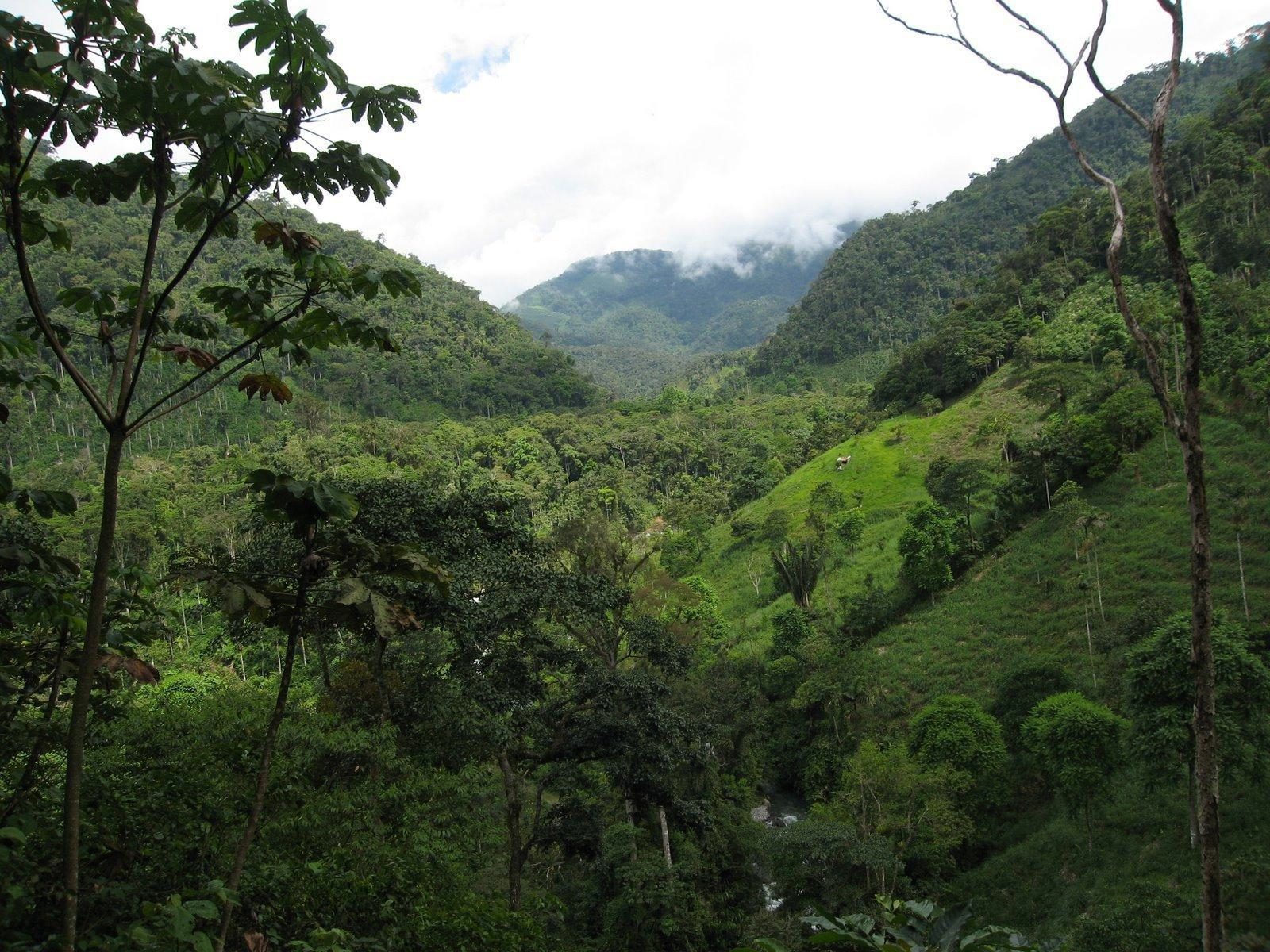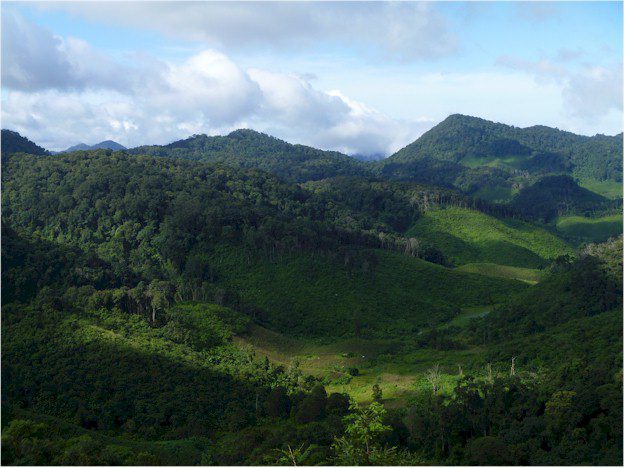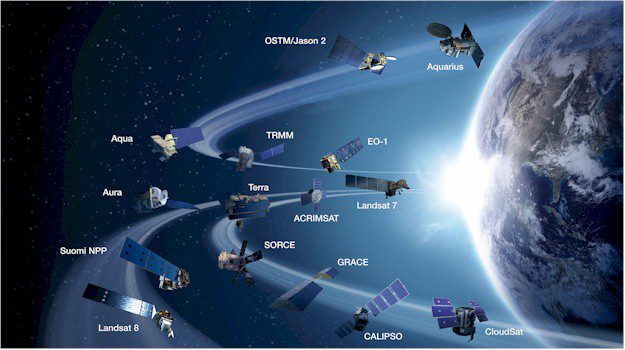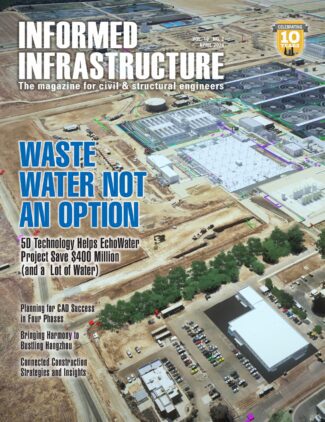Conservation International is proving to the world that social and economic benefits don’t need to come at the expense of nature. Nature is fundamentally essential to future prosperity. By Max Wright, remote sensing and geospatial modeling analyst, and Melissa Rosa,...







